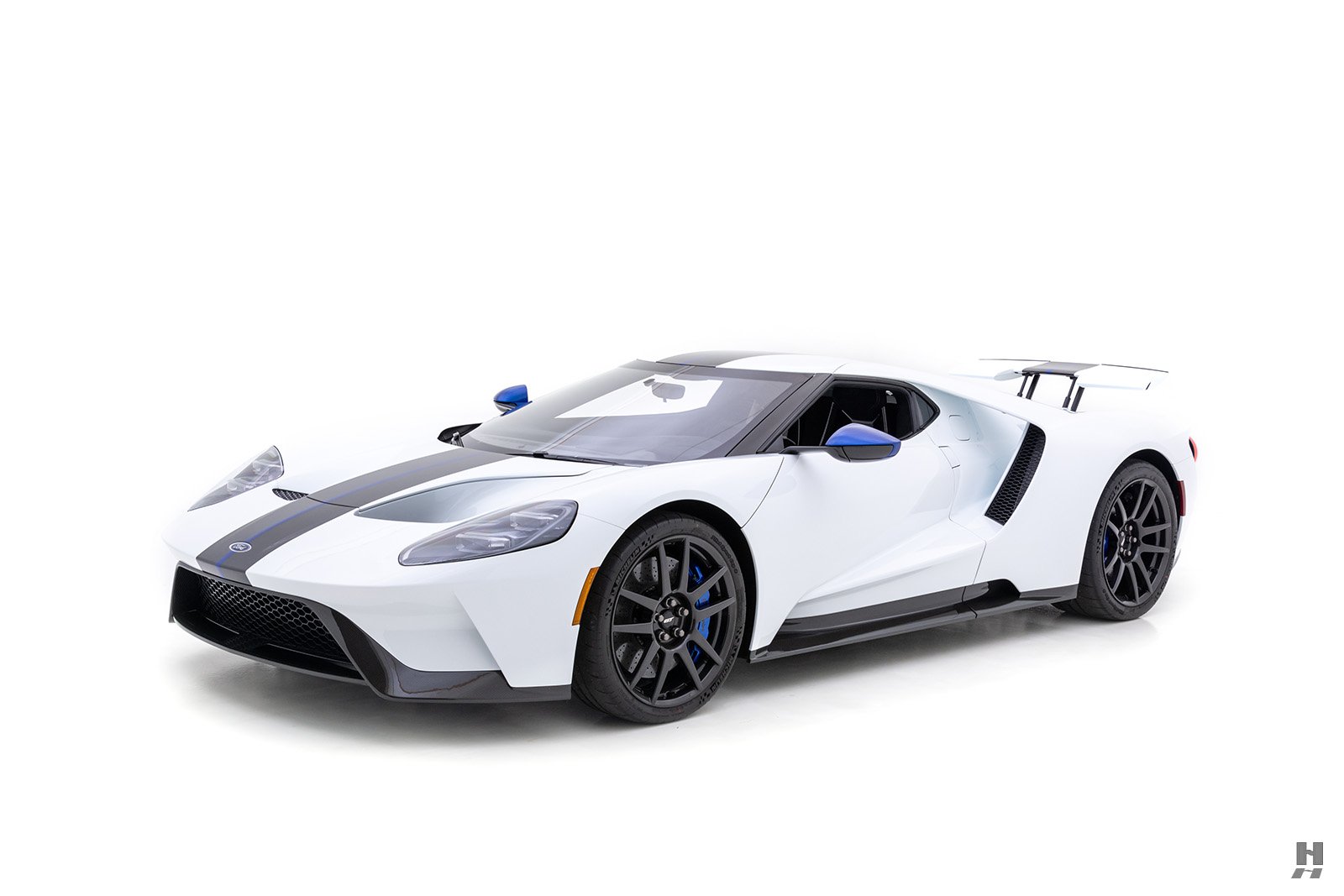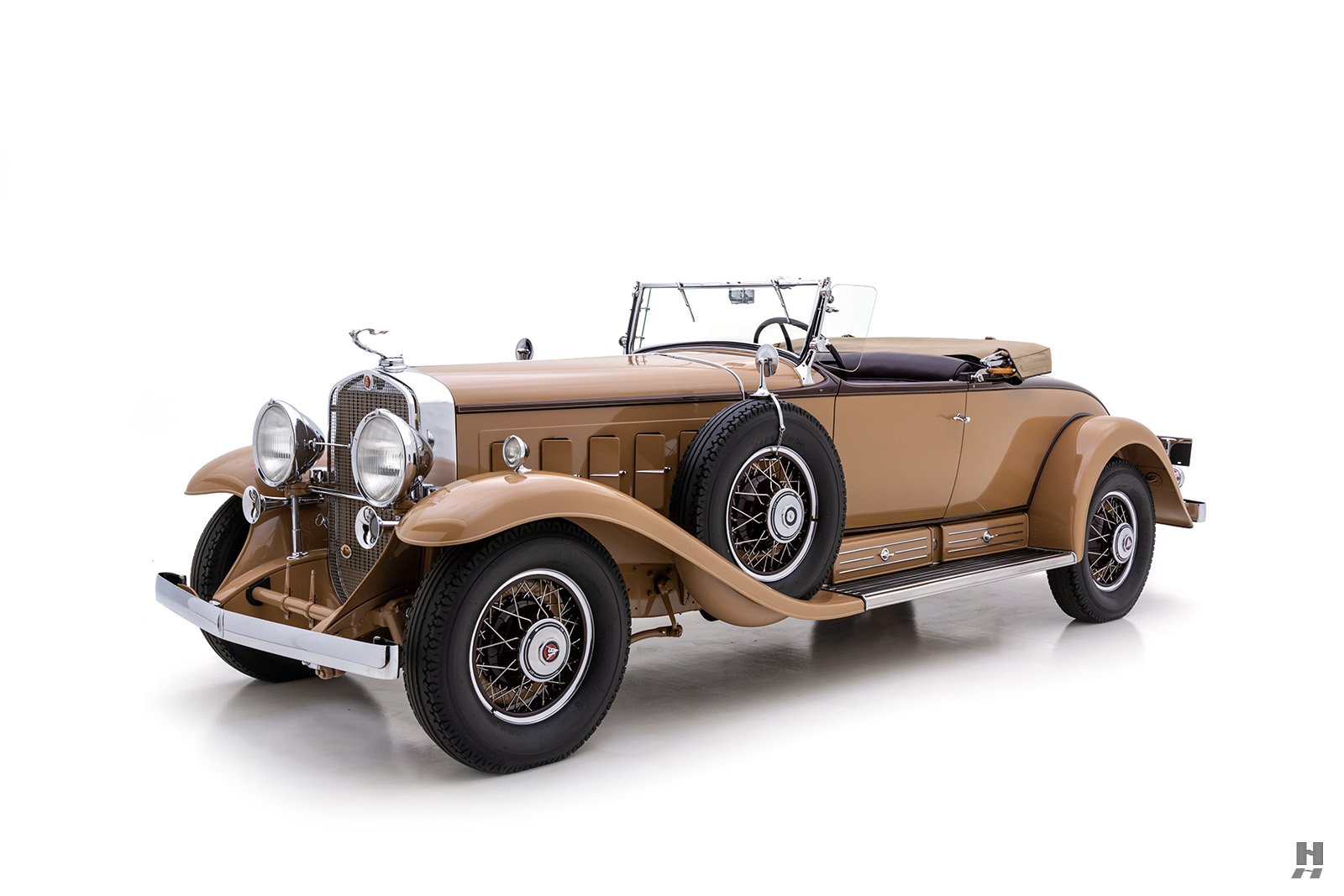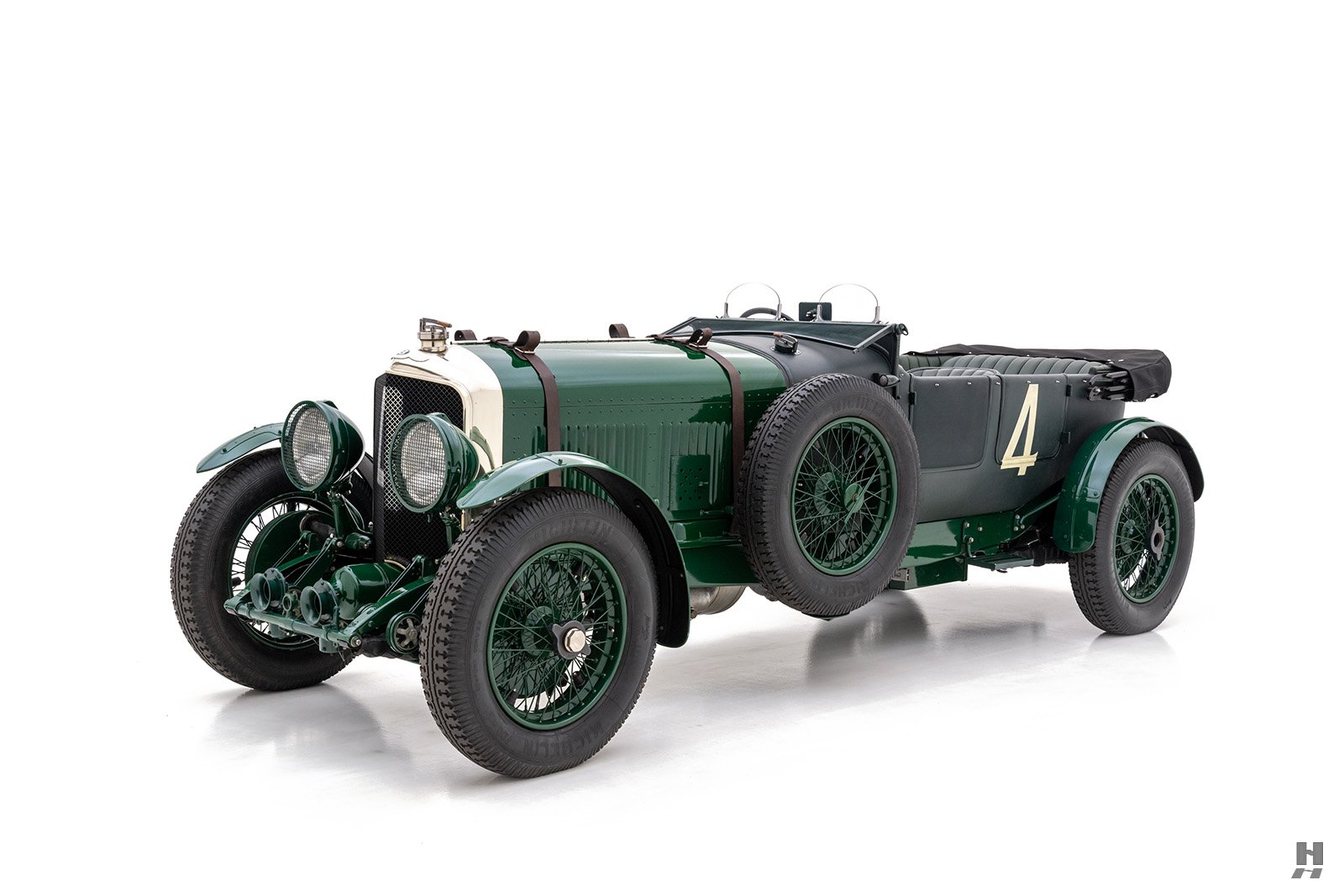George N. Pierce’s formative years in business seemingly have little connection to the automobiles bearing his name, yet much of the experience he gained was leading directly to the quality vehicles for which he remains best known today.
Pierce arrived in Buffalo, New York as a teenager in 1863 and several years later, became a partner in a firm that would build household products such as iceboxes and birdcages. His own George N. Pierce Company followed in 1878 and while he continued to build the products with which he was familiar, his timing was excellent in that bicycles were growing increasingly popular. Pierce was able to apply what he had already learned to meeting the growing demand for them with a quality product. That experience, in turn, combined with the interest and respect his bicycles had earned gave him a toehold in what would become the automotive industry.
Like others, he experimented, but Pierce was among a relative handful to succeed and 1901 brought his first production vehicle. The Pierce Motorette seated two, was steered via tiller and relied on a 2¾-horsepower De Dion single. Between 150 and 170 were sold, undoubtedly helped by the fact that Pierce already had a network of dealers selling his bicycles. Larger and more powerful models followed as 1903 saw the arrival of the 15-horsepower, four-passenger Arrow and 1904 introduced the Great Arrow. Its 24-horsepower four, three-speed selective transmission, 93-inch wheelbase and aluminum panels were important, but the Great Arrow’s real significance was established on its achievement in winning the 1905 Glidden Tour. That its victory over 32 other cars in the 1100-mile inaugural Glidden was no lucky break would be illustrated over the next four years; Pierce won those Glidden Tours, too, and it now had a reputation so powerful as to be almost a mystique.
The reputation remains intact today, thanks to both the cars themselves and the individuals who owned them; renamed “Pierce-Arrows” in 1908, they served President William Howard Taft beginning in 1909 and his successors through the 1935 models used by Franklin D. Roosevelt. Along the way, the high-end Model 66’s six-cylinder reached an 824.67-cubic-inch displacement to produce 60 horsepower in 1913 and two features forever associated with Pierce-Arrow – the fender-mounted headlights and the archer atop the radiator – appeared in 1914 and 1928 respectively.
By 1921, the Model 33 with its 414.7-cubic-inch T-head Dual-Valve Six had settled in for several years of production, but the smaller Series 80 added in 1924 brought a simple 288.6-cubic-inch flathead six and a more affordable price without sacrificing quality. It grew into the Series 81 in 1928, the year in which Studebaker took control of Pierce-Arrow. No one knew that the economy was about to collapse, so 366-cubic-inch, 125-horsepower flathead straight eights replaced the sixes and the 125 and 126 arrived in 1929. They sold more than 8400 examples, which was welcome news that would never be repeated.
Two V-12s – the Model 53’s displaced 398 cubic inches and that in Models 51 and 52 displaced 429 – were added in 1932 as the company finally chose to confront its upper-echelon rivals, but eights were not neglected and 1932 introduced the Model 54. It used the nine-main-bearing 366, rode a 137-inch wheelbase and likely would have sold well had the country not been in the Great Depression’s darkness. As it was, the Model 54 contributed to total Pierce-Arrow registrations for the year of less than 2700 new cars.
The Model 54 featured here is one of the prettiest body styles available, the Brougham, a five-passenger two-door coupe whose proportions give it the look similar to that of a Victoria convertible. Its short-coupled body ends about midway through the rear fenderline and is followed by both a correct trunk and a trunk rack. While it is an older restoration, it has held up very well and has been exceptionally well-maintained since. . The slightest patina from aging shows in minor imperfections in its paint and wood while its interior with the engine-turned dash, opening windshield and fine carpet and upholstery remain gorgeous. Even its engine compartment continues to show well. Freewheeling and ride control ensure this Pierce-Arrow will be as pleasant to drive as it is eye-catching to view. Wide whitewall tires on silver-painted artillery wheels add to the beauty of its metallic silver and dark green colors while details include the signature fender-mounted headlights as well as the archer gracing the radiator. Dual sidemounts wear cloth covers and dual horns decorate the crossbar.
Following the restoration in the 1990’s, it was awarded an AACA National 1st Prize in 1995, a clear indication of the quality and level of detail bestowed upon this beautiful machine. This wonderful Pierce Arrow is a prime example of 1930’s elegance and extravagance. It still presents very well and is well sorted and would make an outstanding selection for CCCA CARavan tours and rallies.
Sorry this car has been sold. Are you looking to buy or sell a car like this? Contact a representative
For immediate assistance please call us at +1-314-524-6000 or please fill out the following form and a member of our team will contact you.
































